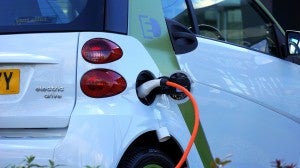 Calvin Bryne co-authored this post.
Calvin Bryne co-authored this post.
As with other environmental policies, California leads the nation in encouraging electric vehicle (EV) adoption. The state has made huge strides in promoting cleaner cars, and opportunities remain to fully tap the benefits of this clean energy resource.
California as a model for national policy
In California, vehicles are responsible for almost 40 percent of total greenhouse gas emissions, making transportation the state’s greatest sole contributor to climate pollution. The enormity of this problem was an impetus for California becoming the first state to adopt comprehensive vehicle emissions standards in 2009. Modeled largely after California’s regulations of the same name, the federal Clean Car Standards set national greenhouse-gas reduction goals for vehicles made between 2017 and 2025, and established incentives for manufacturers to produce technologically-advanced new cars.










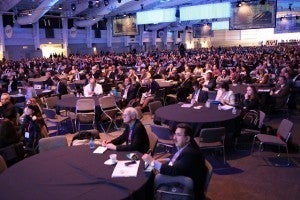 Each month, the Energy Exchange rounds up a list of top clean energy conferences around the country. Our list includes conferences at which experts from the EDF Clean Energy Program will be speaking, plus additional events that we think our readers may benefit from marking on their calendars.
Each month, the Energy Exchange rounds up a list of top clean energy conferences around the country. Our list includes conferences at which experts from the EDF Clean Energy Program will be speaking, plus additional events that we think our readers may benefit from marking on their calendars.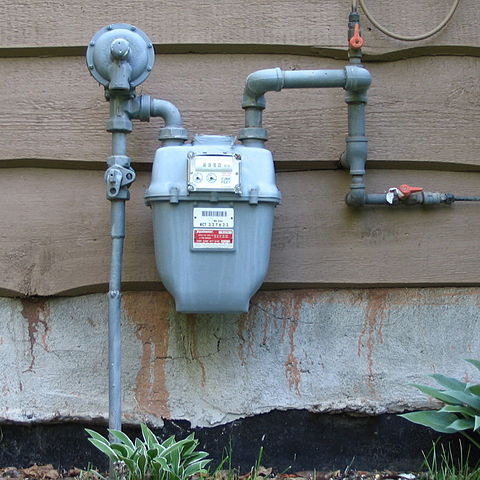 Natural gas is a major source of electricity in the United States. Roughly one-third of the 33 trillion cubic feet of gas produced each year is used to power our homes and businesses. And it’s the gas delivery and transmission industry that ensures these services are delivered nationwide.
Natural gas is a major source of electricity in the United States. Roughly one-third of the 33 trillion cubic feet of gas produced each year is used to power our homes and businesses. And it’s the gas delivery and transmission industry that ensures these services are delivered nationwide.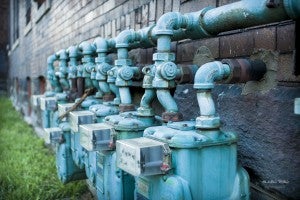 The United States produces approximately 33 trillion cubic feet of natural gas each year. A majority of this gas is converted to electricity at power plants or used for industrial purposes, but about one third ends up making the journey from the well head, through underground pipelines, and into our homes and businesses. How much of this gas gets lost along the way—whether it’s through leaky equipment or other factors—is important because of the
The United States produces approximately 33 trillion cubic feet of natural gas each year. A majority of this gas is converted to electricity at power plants or used for industrial purposes, but about one third ends up making the journey from the well head, through underground pipelines, and into our homes and businesses. How much of this gas gets lost along the way—whether it’s through leaky equipment or other factors—is important because of the 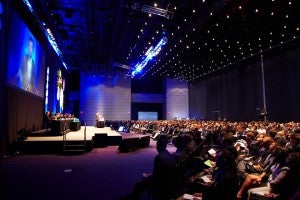 More than 1,000 people gathered in Nashville, TN this week for the summer meeting of the National Association of Regulatory Utility Commissioners (NARUC). The meeting is one of three yearly where thought leaders gather to socialize the knottiest issues of the day in regulated utility industries, including telecommunications, electricity, natural gas, and water. Two electricity debates dominated the stage and the halls during this summer’s meeting: nuclear power and rate design.
More than 1,000 people gathered in Nashville, TN this week for the summer meeting of the National Association of Regulatory Utility Commissioners (NARUC). The meeting is one of three yearly where thought leaders gather to socialize the knottiest issues of the day in regulated utility industries, including telecommunications, electricity, natural gas, and water. Two electricity debates dominated the stage and the halls during this summer’s meeting: nuclear power and rate design. Olympic Games are historically about gold, silver, and bronze – not green. Even the
Olympic Games are historically about gold, silver, and bronze – not green. Even the